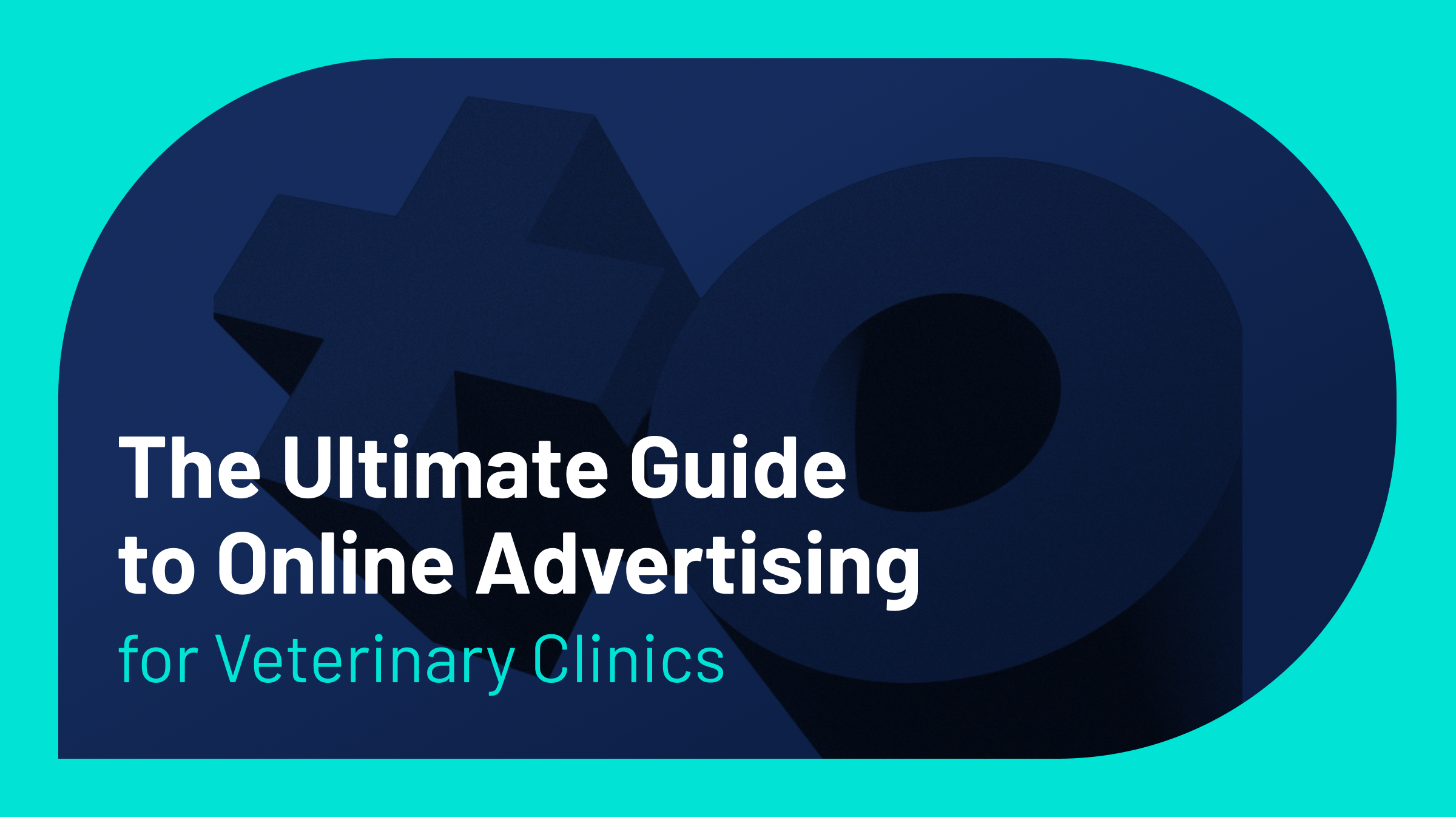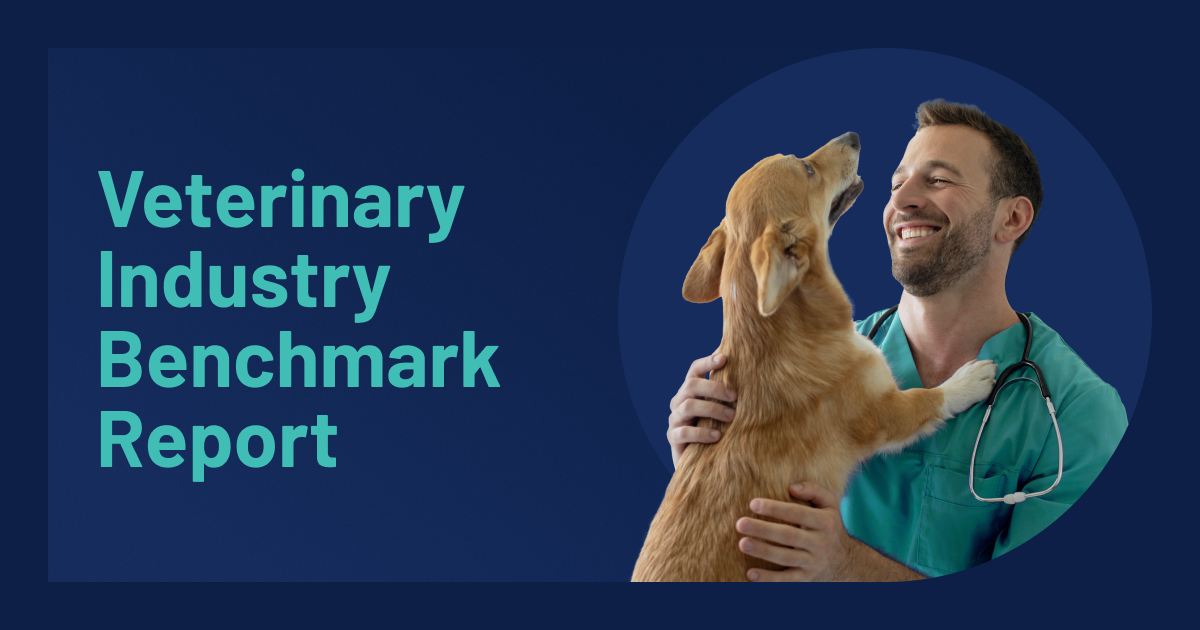Category:
News
Jun
25

Why 450+ Vet Hospitals Changed Websites This Month (And Why Most May Regret It)
The veterinary industry is experiencing an unprecedented wave of digital upheaval. Just this past month, over 450 veterinary hospitals launched new websites*. While change can…
Read More
Apr
24

The Ultimate Guide to Online Advertising for Veterinary Clinics
If you own or manage a veterinary clinic, chances are you’re always looking for ways to attract new clients, strengthen relationships with existing ones, and…
Read More
Apr
21

iVET360 Releases 2025 Veterinary Industry Benchmark Report Free to Veterinary Practices
Veterinary Visits Are Down. Loyalty Is Slipping. The 2025 Veterinary Industry Benchmark Report from iVET360 Has the Data—and the Strategy—to Fix It. Portland, OR—Growth in…
Read More
Feb
10

WhatsApp & SMS Messaging Added to Google Business Profile
Google has just enhanced its Google Business Profile (GBP) with new communication features that veterinarians and practice managers can leverage to stay connected with clients.…
Read More
Feb
03

iVET360 Announces Integration with Shepherd for Expanded Practice Management System Support
Portland, OR—iVET360, the leader in veterinary practice management services, is pleased to announce the integration of Shepherd, the nation’s fastest-growing Practice Management System (PIMS), into…
Read More
Jan
14

iVET360 Releases 2025 Veterinary Payroll Report
iVET360 Report Reveals a Catalyst for Positive Change Portland, Oregon - In a time when many veterinary practices are struggling to retain skilled staff, iVET360…
Read More
Oct
16

Yelp Check-in Offers Have Checked Out – What Veterinary Hospitals Need to Know
For over seven years, nearly 85% of our clients have leveraged the free Yelp Check-in Offers tool to engage with niche Yelp users and significantly…
Read More
Oct
14

From Consult to Compliance: How Cohesive Treatment Plans Elevate Veterinary Practice
In the dynamic environment of a veterinary hospital, effective communication can make all the difference. A pivotal aspect of this communication is the presentation of…
Read More
Oct
10

Why Your Veterinary Hospital Needs an OSHA Safety Manual
Safety is paramount in a veterinary hospital's dynamic environment. From handling unpredictable animals to managing hazardous materials, staff are exposed to various risks daily. An…
Read More
Oct
04
Slipping Through the Cracks: The Power of Call Tracking in Veterinary Practices
In the busy world of veterinary care, missed opportunities can be costly—not just financially but also in delivering essential care to pets. Below, we’ll explore…
Read More





